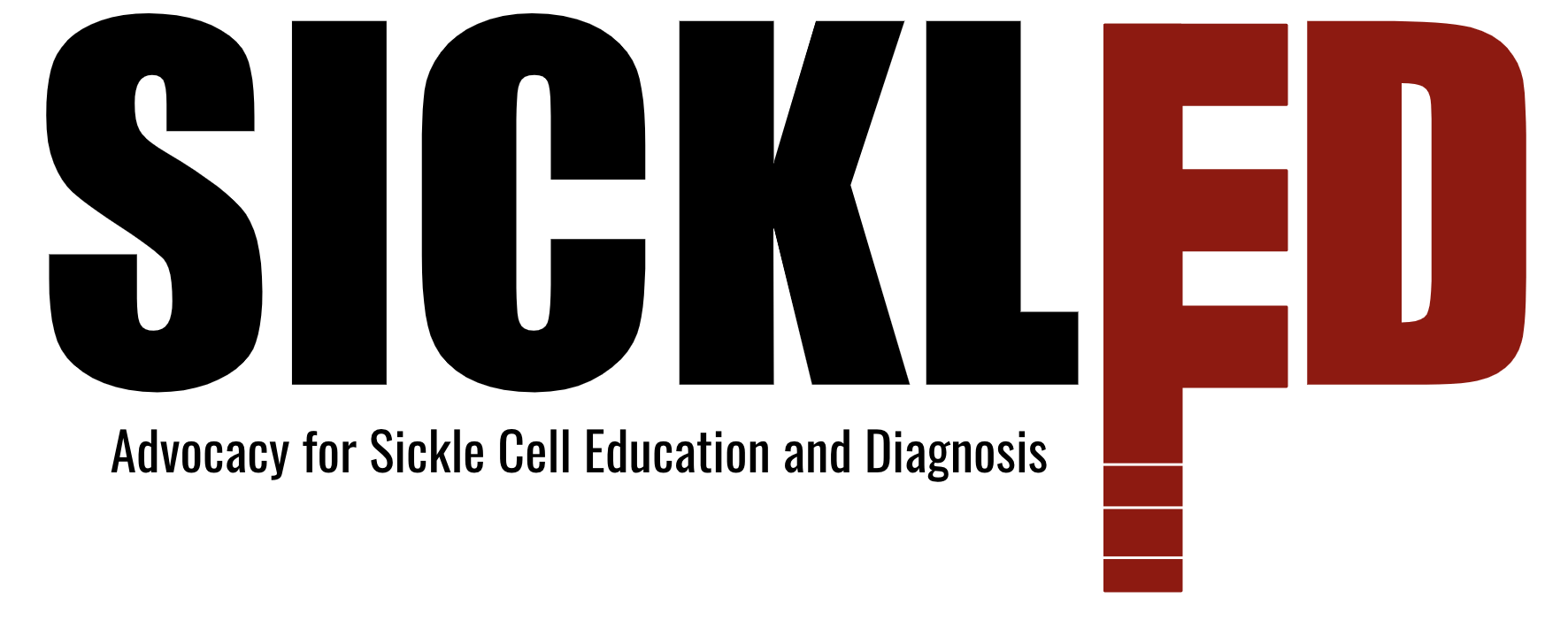Imagine a world where diagnosing Sickle Cell Disease (SCD) in low and middle income countries (LMICs) is no longer a complex and inaccessible process, but as simple as utilizing a single test strip. This is exactly what the SicklED team hopes to achieve in Sierra Leone and its surrounding countries. Our fundamental goal is lowering the startlingly high child mortality rate in Sierra Leone through the utilization of an easy to use, point of care diagnostic device that can diagnose SCD and its trait. In this blog post, as well as the future ones, we’ll be detailing our summer exploits as we continue working on our prototype and prepare to journey to Sierra Leone in August for fieldwork.
The main focus for this week was preparing key documents for submission to the Internal Review Board (IRB), the body that oversees ethical research practices here at Lehigh. We went through the previous year’s IRB material and edited it to make it focused on the goals of the upcoming fieldwork that will take place in August. We also met with the other members of the team who are going to Sierra Leone, and finalized the main goal for our time in Sierra Leone. We decided on narrowing our focus towards education, specifically in assessing the education pathways that medical professionals in Sierra Leone take. From this, we should be able to determine the feasibility of integrating SCD as a topic, including information on how to use our device, into the healthcare curriculum. The team began brainstorming questions to ask educators, students, and medical staff about the education system there. We then finalized the list of questions and completed edits to other documents in our IRB package, like the application and consent forms. The consent forms will have to be translated in Krio, the lingua franca in Sierra Leone, by one of our partners at World Hope before final submission, so that our interview participants fully understand the contents of the study prior to taking part.
On the device side of our project, we made many preparations for future experiments we will be running in the upcoming weeks. We have recently been in a rut with our device having inconsistent results over the last few months. We plan to change this by having one of our team members learn from the scientists at OraSure Technologies, a biotech company that has expertise in creating lateral flow tests like ours. With their guidance, we are now asking better questions and learning how to better troubleshoot our device’s issues. Specifically, we’ve been reviewing our procedures and comparing them to both the experience that OraSure employees have, and other manufacturer’s protocols. This has led us to the design of four experiments that we plan to perform over the next few weeks. The first experiment is determining the maximum volume of liquid that our test strip can wick. This will allow us to optimize the amount of buffer to use when running the test strips. In an effort to make current and existing procedures less daunting, we’ve also created visuals for some of our protocols, specifically our bead conjugation, which are shown below.
Protocol for Bead Dialysis


Protocol for Conjugation

In closing, we’re excited to be exploring new methods of device improvement. Tune in for the rest of the summer for a front row seat of what happens when science and innovation merge with passion, unlocking the remarkable potential of diagnostic solutions that have the power to change lives.
